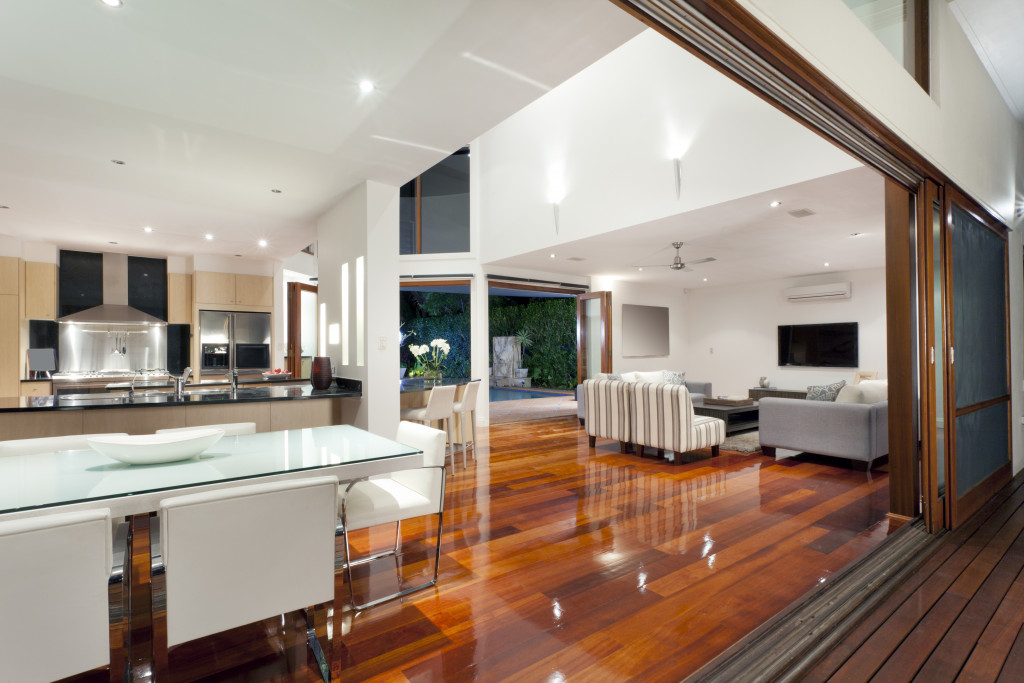Being a homeowner can be tough financially. You need to take care of mortgage payments, utility bills, and other expenses. Thus, you will try your best to find anywhere to cut costs to save some money. For example, some would choose to mend their clothes instead of buying new ones or choose generic brands of groceries over branded ones.
Apart from cutting your expenses, one way to save money, in the long run, is to buy small, worthy purchases. It seems counterintuitive to spend on things to cut costs. But these worthy purchases can be considered small investments that will help you save on utility bills and even keep you secure.
Water-efficient Toilet
Toilets are important for sanitation and proper waste disposal. But many people don’t think much of the kind of toilets they have at home. If you’ve lived quite a long time in your home and haven’t replaced your toilets once, now might be the best time to do it. Replace your toilets with water-efficient ones to save money in the long term.
Old toilets often use 3.5 gallons of water per flush. In contrast, water-efficient toilets only use 1.28 gallons per flush. According to the EPA, if you use a water-efficient toilet, you can save around $140 per year or up to $2,900 over the toilet’s lifetime. And while on this subject, you can also get a bidet when you purchase an efficient toilet to lower your spending on toilet paper.
Low-flow Showerhead
You might also consider replacing your showerhead with a low-flow option. A low-flow showerhead uses only 1.5 to 2.5 gallons of water per minute instead of 3 to 5 gallons per minute of old showerheads. Less water coming out of your showerhead means less energy needed by your water heater. And just by switching to a low-flow showerhead, you can save up to $70 on utility costs.
Smart Security
Having a good security system at home is important. It will not only help in keeping you and your family safe. But it can also lower homeowners’ insurance costs. Consider using smart security devices at home.
You can install smart security cameras outside your home that you can monitor through your smartphone. If you like online shopping and receive parcels and other deliveries regularly, you can also install a smart doorbell. This will allow you to check whoever is at your door and talk to them without opening the door.
Ceiling Fan

According to the Department of Energy, air conditioners use about 6% of the electricity produced in the U.S., translating to an annual cost of $29 billion. AC use increases during the summer since homeowners want to beat the heat. You might even have your AC cranked up for long periods at a time. And the constant use of your AC means a higher electric bill.
If you want to lower your electric costs during the summer, consider installing ceiling fans in your bedrooms and common living areas like the kitchen and the living room. The ceiling fans will help you cool down the temperature in your home so that your AC doesn’t have to work as hard. Thus, the ceiling fans will help you save some money and potentially improve the air quality in your home.
LED Lights
If you’re still using incandescent lights at home, it’s time to replace them with a more energy-efficient option. There are actually two options: compact fluorescent lamp (CFL) and LED. Both of them help in reducing energy consumption as compared to incandescent bulbs.
But if you want to choose only one of them, you’ll want to go with LED lights. An LED bulb will use at least 75% less energy than an incandescent bulb. According to the EPA, if you replace 5 of your most frequently used incandescent lights with LED, you can save up to $75 annually.
Rechargeable Batteries
If you use many battery-powered gadgets in your home, consider using rechargeable batteries in them. Doing so will prevent the need to buy new ones every time the batteries run out. And you can use these batteries for many years. Naturally, rechargeable batteries lose some of their energy capacity through the years. But it will take you about 10 years or even more before your rechargeable batteries give up and need replacement.
It’s okay money on small investments that can save you money in the years to come. But remember that you don’t have to make all these purchases at once. Choose which ones you want to prioritize and go for those things first. And when you’re a little more financially comfortable, then you can spend on the others as well if you want to.

